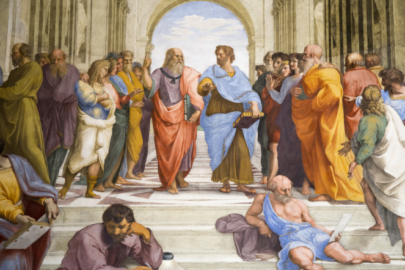Greek archaeologists specialized in sculpture oppose to British Egyptologist’s claims, who believes that the female statues of Amphipolis are not Caryatids but “Klodones”, ie Maenads. As they explain to protothema.gr, this claim is extremely unlikely to be true:
“Maenads were usually older women, which is verified indirectly by Euripides’ tragedy The Bacchae. So, Alexander’s mother, Olympias, could be one of them. ”
“On the contrary, though, Caryatids were young girls, who supported the house, projecting purity and noble origin. In simply words Caryatids were ‘maidens of noble families’ and their figure expressed kindness and geniality. These were not characteristics of Maenads, who were very rarely depicted as statues. ”
“Moreover, Maenads, unlike Caryatids, did not bear any kind of basket on their head and no snakes appear on the female statues of Amphipolis, as Chugg claims”.
However, the same sources mention to protothema.gr that Andrew Chugg’s argument is not entirely unfounded or irrelevant, as it is based on Plutarch. At the beginning of the famous biography of “Parallel Lives: Alexander-Caesar,” Plutarch associates Olympias, not only with Maenads, but especially with Amphipolis.
Plutarch says that “Maenads of orphic cult were also called Klodones (as Chugg claims) and Mimallones and they lived in Edonida, ie Amphipolis.





































